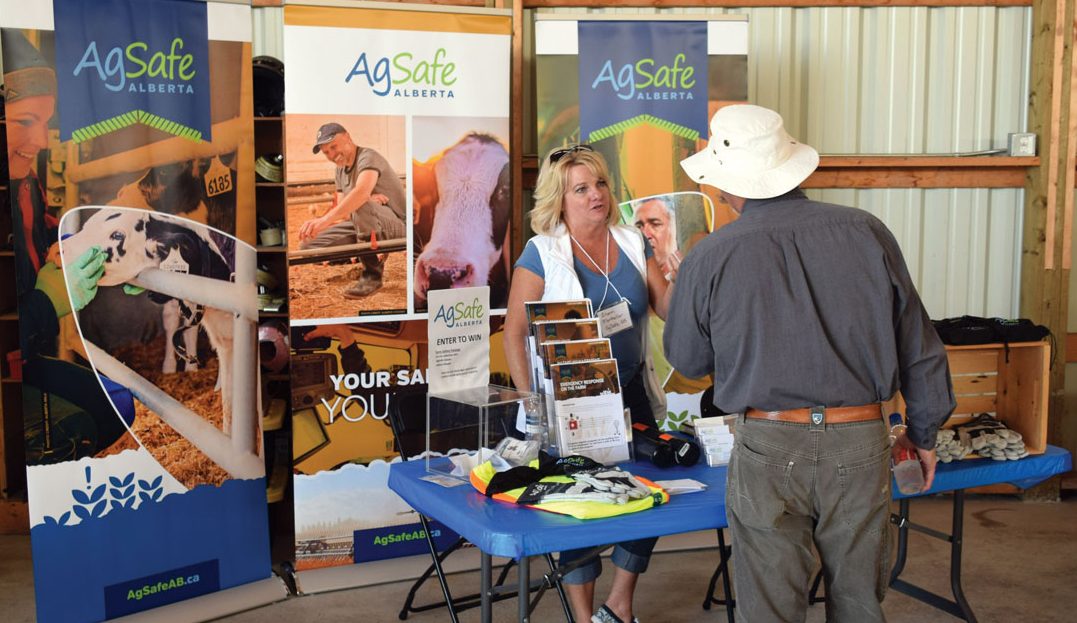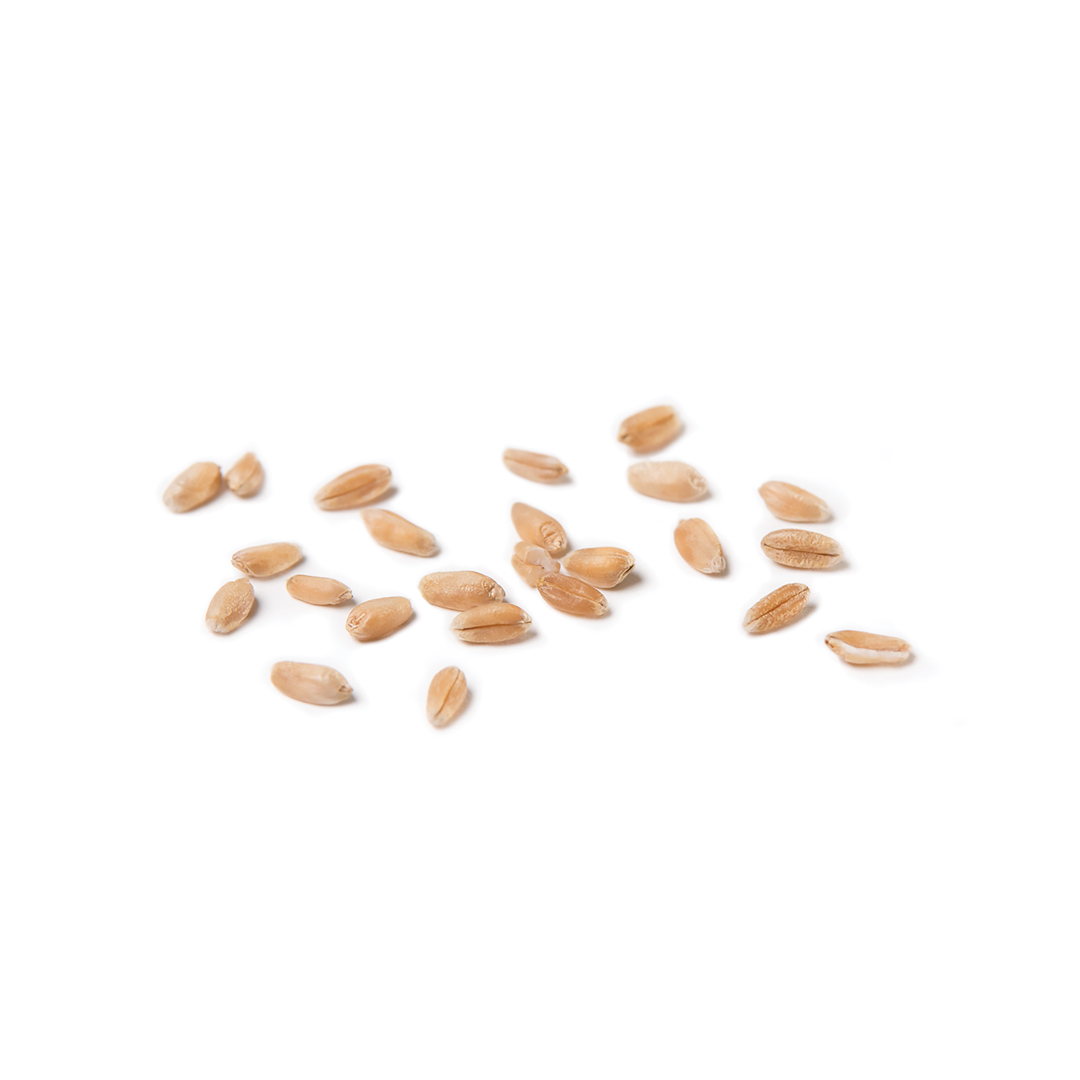INDUSTRY-LED SAFETY SOLUTIONS
AGSAFE HELPS FARMERS CREATE CUSTOMIZED PROGRAMS
BY IAN DOIG
Hanneke Camps and her husband Michel are safety-conscious farmers. The couple grows irrigated row crops near Barnwell, including wheat and sunflowers, but the harvest and handling of their potato crop by seasonal employees gave them the greatest concern. While their full-time employees are familiar with equipment and procedures, newly arrived temporary workers aren’t. “It’s always a big safety issue,” said Camps.
To address this, she contacted AgSafe Alberta, a program created by Alberta crop and livestock producer groups, supported by funding from Growing Forward 2. The Alberta Wheat Commission and Alberta Barley are among the groups that came together to create the program. AgSafe Alberta has now transitioned into an industry-led farm and ranch safety association featuring a board composed of 10 producers representing crop and livestock groups.
Prior to receiving assistance from AgSafe, the Camps had incorporated a safety-training component into their food-safety program. AgSafe adviser Dan Trottier visited the farm last fall to discuss the Camps’s safety needs. “Sometimes you get those manuals with stuff in them that is just pushed upon you, and it’s not of use,” said Camps. Trottier quickly had a first-draft safety manual ready, and the three of them further adjusted the program.
“Now it’s finalized, we feel confident we can comply with it,” said Camps. Given the size of the Camps’s operation, it’s subject to Worker’s Compensation Board coverage. With the development of their safety manual, they are now planning to pursue a Certificate of Recognition from the province. This entitles farmers to a deduction in premiums of up to 10 per cent for their first year and five per cent for following years.
“That’s money in my pocket,” said Camps. She’s confident the program is a fit. “It was really customizable to our farm,” she said. The process wrapped with Trottier leading a half-day training session with the Camps and their employees, some of whom were inspired to get their first-aid certification. “We learned there needs to be communication,” she said. “It’s important to talk about the near misses—like a slip on the ice—so we can take action, and that doesn’t actually happen.”
Camps believes AgSafe participation will snowball. “I had a very pleasant experience. I was a bit nervous about our first meeting. But there’s no judgment. It’s farmer-driven.” She was impressed enough to become an AgSafe director. “I want to have safe farms, and it’s important the system is simple and easy to understand.”
Like his fellow AgSafe advisers, Trottier has a lot of agricultural safety experience and he also operates his own health, safety and risk management consulting firm. He explained that the AgSafe motto is “Your Safety, Your Way.” Naturally, a ranch or feedlot with multiple employees has safety concerns that differ from those of a small family farm. By either building on existing programs or creating them from scratch, AgSafe has assisted farming operations across the cropping and livestock sectors.
“We’ll help that farm set up a safety program that meets their needs and expectations,” said Trottier. This can involve, for example, setting up a hazard management program or emergency response plan. The building blocks for these components are available on the AgSafe website (agsafeab.ca) as Quickstart Guides.
Farmers can work through the bite-sized modules on their own, starting small and building over time. “They’re set up so they can be self-administered, and when the farmer needs help, they can give an adviser a call,” said Trottier.
While changes to provincial farm-safety legislation that took effect in January of 2016 were met with much antipathy, Trottier said farmers and ag-group leaders have embraced the industry-led nature of the AgSafe program and it will continue to provide farmers with safety tools, resources and services to help them implement safety strategies.







Comments